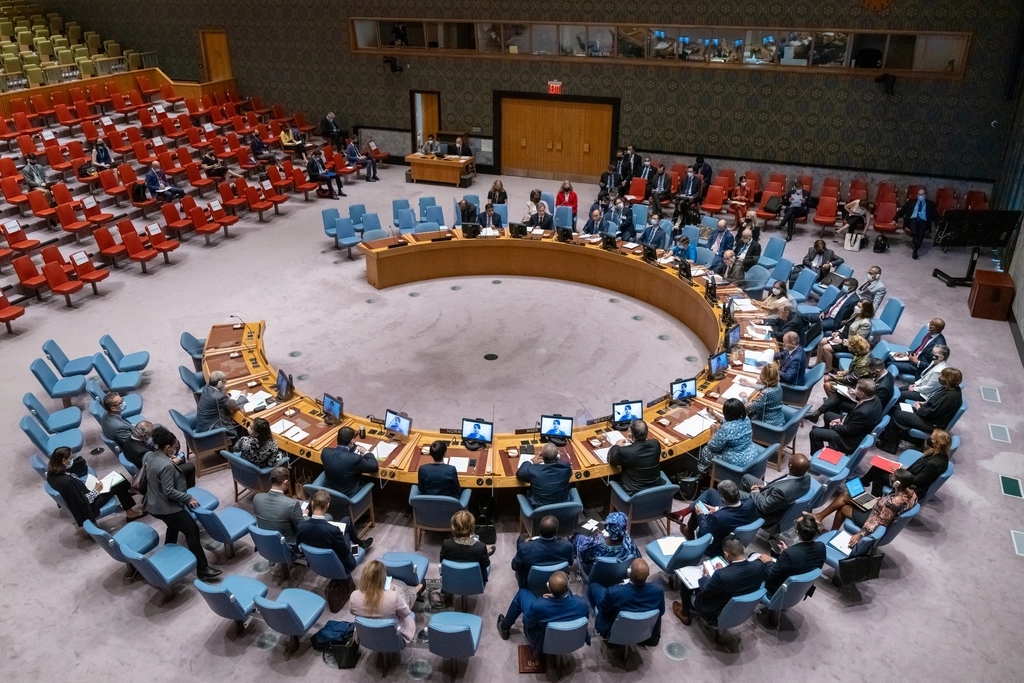After reading «A realistic philosophy of law» by Brian Z. Tamanaha, I felt a rapid rush of blood to the head. I have a probable thought that leans more toward legal philosophy. But please bear with me. The issue of legal modification. I will concentrate on the international law component.
I was invited to speak on the topic of change in international law a few months ago, and I presented the concept of stochastic resonance. I will not discuss it at this time. Perhaps elsewhere. However, the focus of the conference was on the modification of international law. One of the fundamental questions is why international law evolves. where does this change originate? For this reason, I presented the concept of stochastic resonance from the theoretical perspective of complexity theory.
To base the argument on complexity theory, however, might be too difficult. Tamanaha gives an alternative viewpoint, not that he is actually stating that instead of discussing complexity and applying it to the law, he discusses the possibilities of discussing the law from a socio-legal perspective.
Regarding the element of change in the law, he cites a good quotation from Benjamin Cardozo: «permanence with flux, stability with progress.» How can legal stability and societal change be reconciled? Social legal theory provides a solution for Tamanaha. According to me, this is equally applicable to complexity theory. To apply to the study of international law the methodology of complexity theory as applied to the study of societies.
Complexity can be defined as the study of emergent events resulting from the interaction of numerous agents. In this scenario, the numerous agents are the states and non-state entities, whose activities and interactions bring about change in the system. From this perspective, international law is viewed as an institution tied to international society that has social repercussions.
Socio-legal theory can be fostered with complexity theory. To understand international law from a methodological approach offered by the methods of complexity science can help in reconciling two elements, change and stability in international law. How something changes while remains stable.
International law changes, and remains stable, and it is in a continuous evolutionary path, without missing its essence.








Deja un comentario